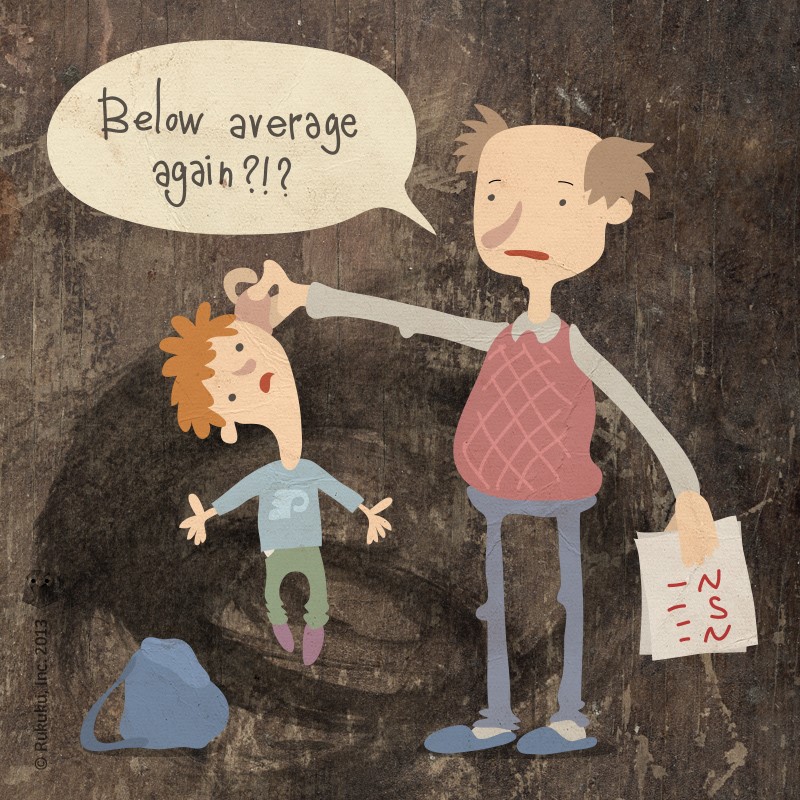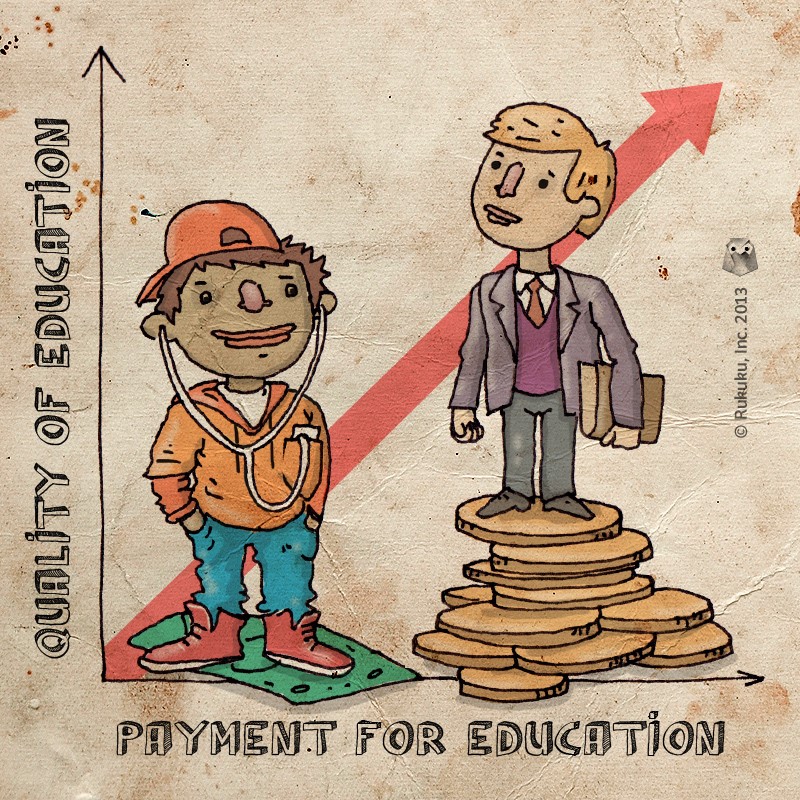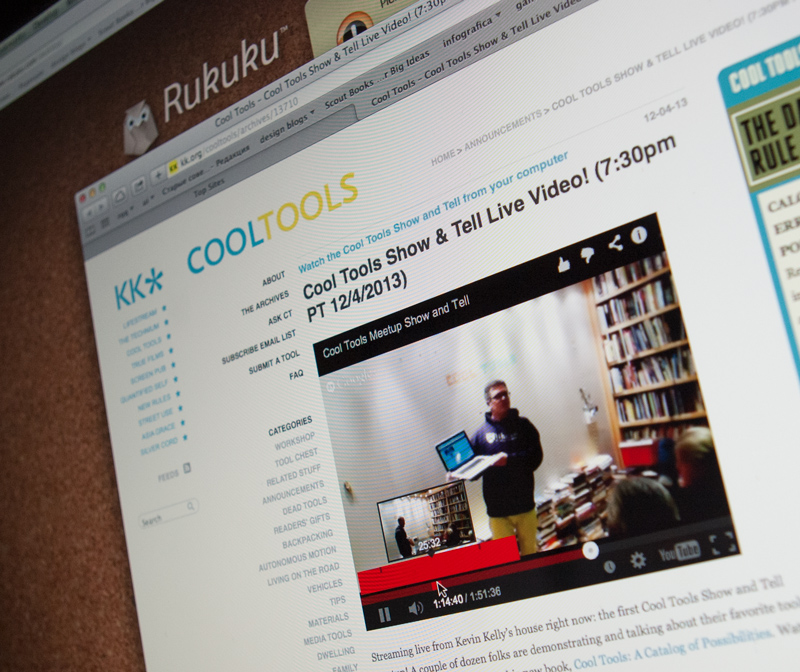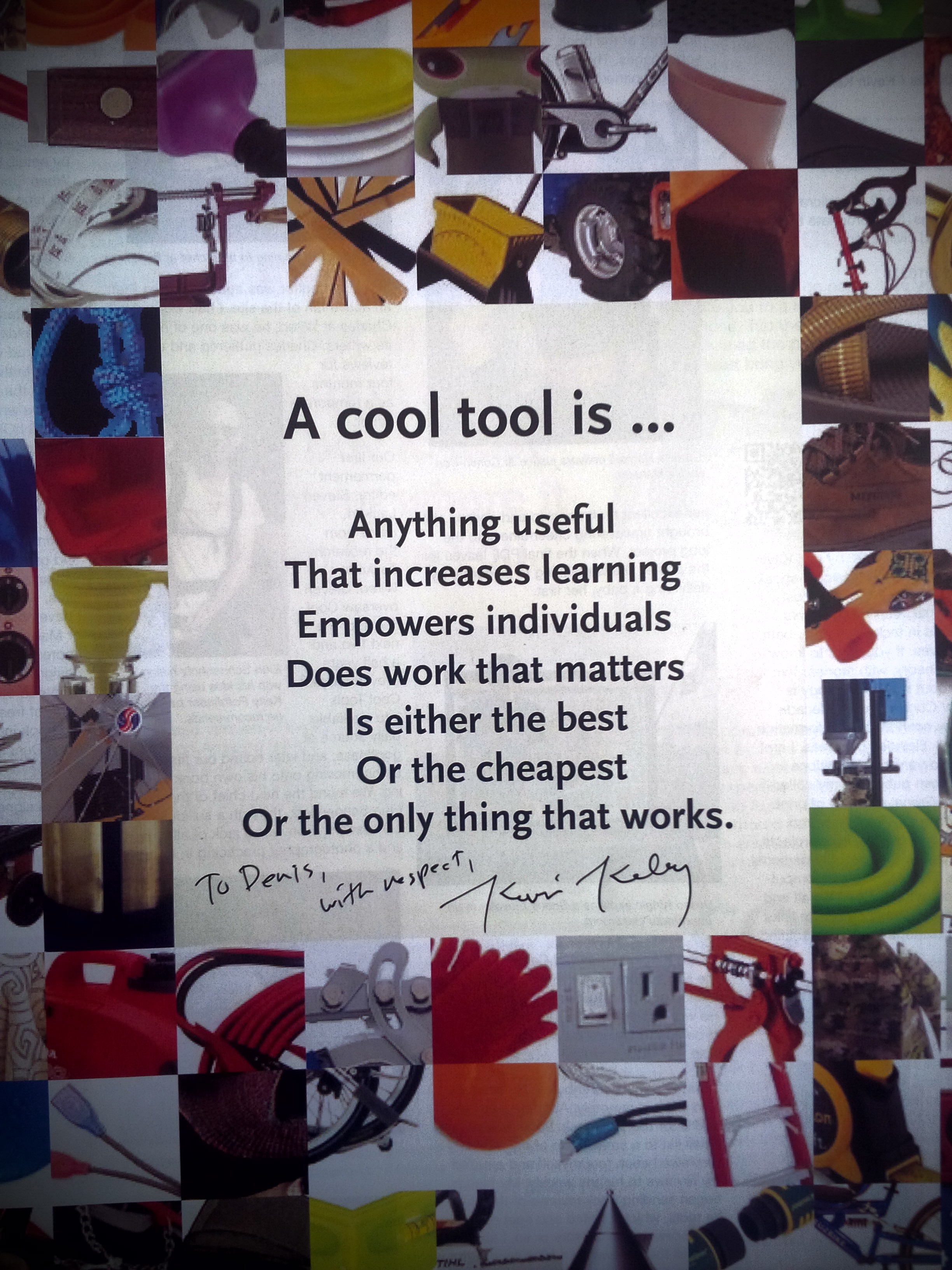The world is ending. Or at least it is in America. Or at least it is in American schools. After years and years of bold educational reforms, 15 year-olds in the US scored just about where they always have, when compared to students in developed countries around the world: about average in reading and science, lower in mathematics.

Despite years of reform, the US continues to perform poorly on the OECD’s PISA test.
Surprising no one, students in East Asian countries knocked it out of the park, and those in Europe did pretty well, too. Meanwhile, among the 34 OECD countries, the US scored 17th in reading, 21st in science, and 26th in math. The margin of error is about three there, for all the optimists and pessimists out there.
The poor performance comes despite spending a ton of money. Among all the countries surveyed, the US had the third highest per capita income, and only Austria, Luxembourg, Norway, and Switzerland spend more per student. To illustrate, the Slovak republic spends around $53,000 per student and performs at the same level as the United States, which spends $115,000. Yikes.
And yea, it gets worse. The US did particularly poorly in measures of critical thinking. Things like, applying mathematics to real world problems. This is supposed to be our strong point. Or at least that’s what I always thought. Like, maybe we drop out of school like Bill Gates, but we still think outside of the box and all that. These test results seem to indicate otherwise.
Of course one might wonder how a standardized test can legitimately measure a student’s ability to think critically. For example, a student with strong critical thinking skills might realize that there are few personal rewards for doing well on these tests.
But then, maybe that attitude is just the problem, a reflection of our American individualist way of looking at life. I am not going to get into all that now, other than to say I always tried my best on standardized tests. I promise.
So, what next? The OECD says that the Common Core standards should help. We’ve discussed those standards in our blog here and plan to discuss them more. One of the main selling points of Common Core standards is that they emphasize critical thinking. It is tough to prove that one way or the other, especially when standardized tests are actually “the box”, in that “think outside the box” metaphor. But it will be interesting to see.
We will dive into these results a bit more in the next blog post. Meanwhile, don’t lose heart. We still have Bill Gates, Warren Buffet, and Bob Dylan.








